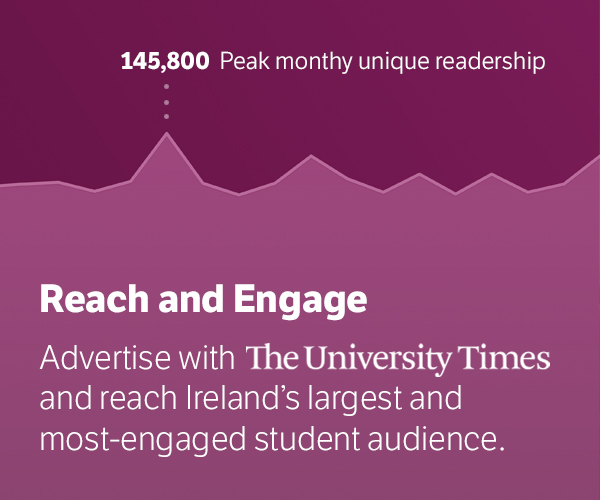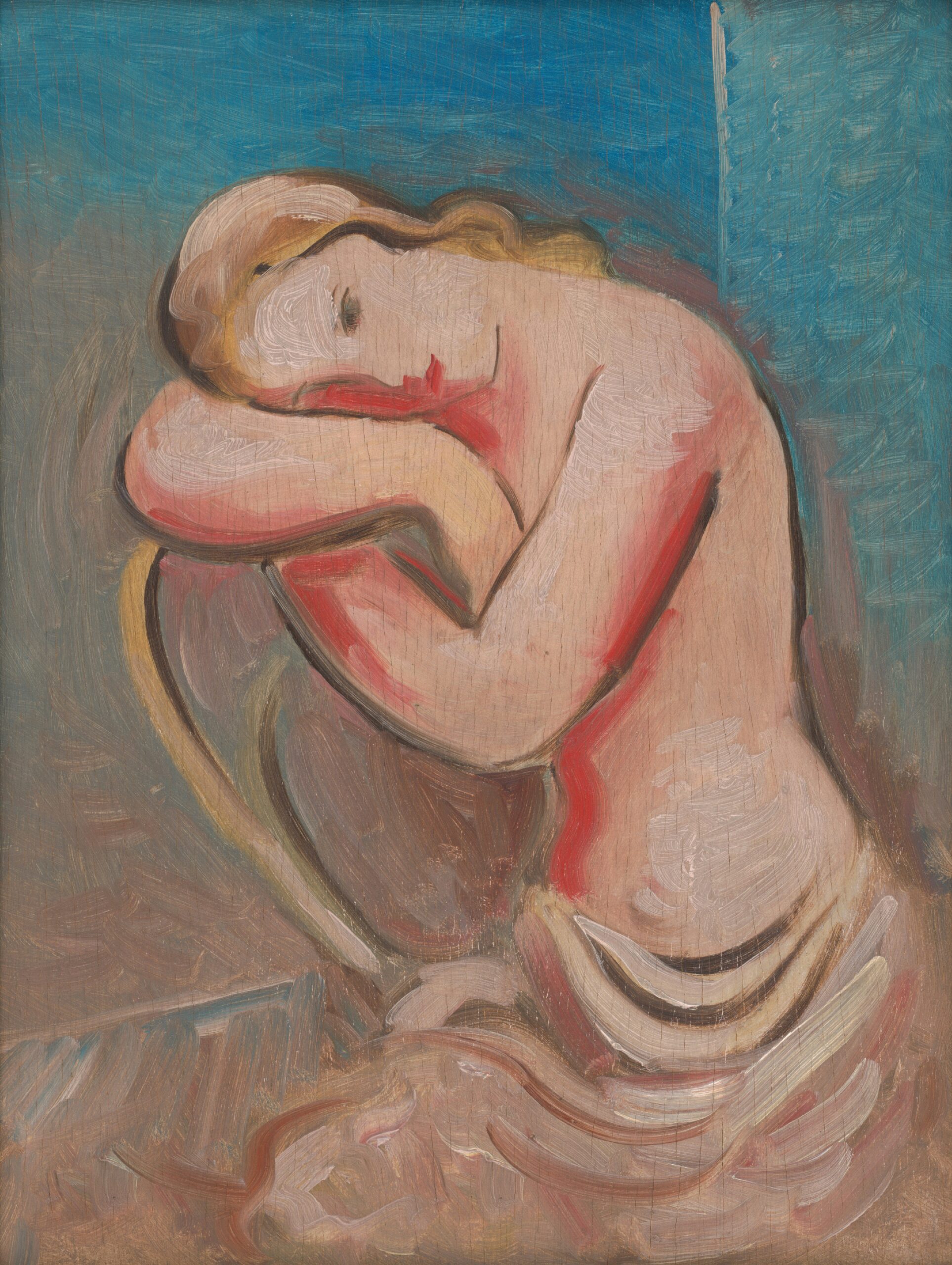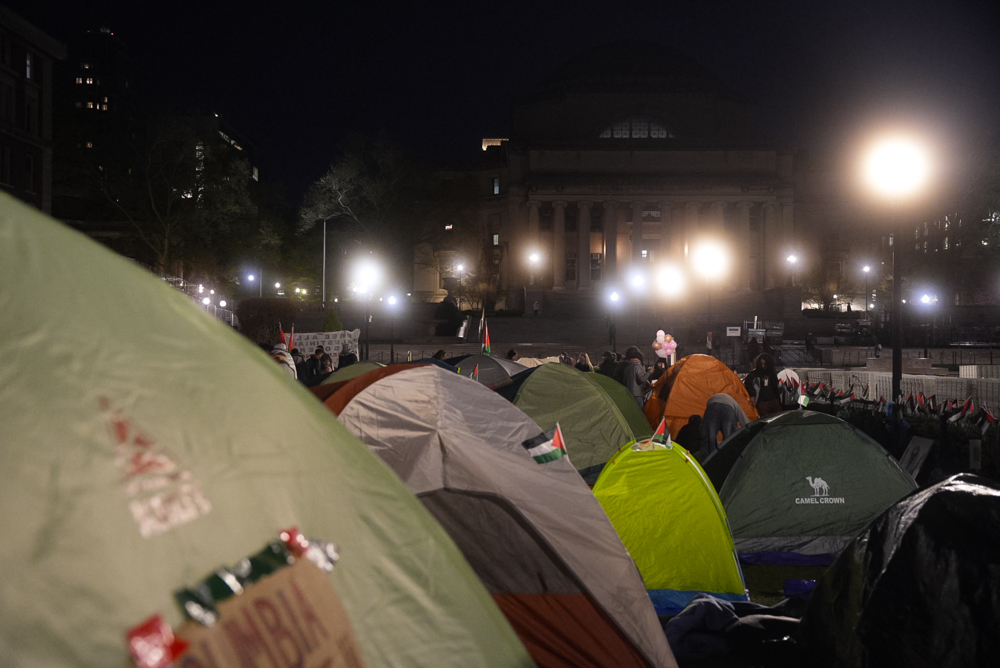Drug use at Trinity is not merely a presence: it is a structure, embedded in the social architecture of student life. It exists beyond the private realm of individual choice, shaping and being shaped by the collective consciousness of the student body. It is at once whispered and shouted—acknowledged in policy statements yet trivialized in casual conversation, referenced in student satire yet rarely confronted as a serious issue. If it seems uncontroversial, that is precisely the point: it has been normalised to the extent that critique feels unnecessary, even out of touch.
A 2015 University Times survey found that three-quarters of Trinity respondents had used drugs, with most expressing little concern about the impact of their substance use. That was nearly a decade ago, and little suggests a radical cultural shift since. If anything, the passing years have solidified an attitude of casual acceptance. The jokes about Law Soc and Surf Soc—running gags that circulate within the student body and even make their way into The Piranha—are not just humour but cultural artefacts, reflecting the deep entanglement of drug use with certain elite or alternative social circles. This normalisation operates not through direct endorsement but through a collective shrug, a shared understanding that substance use is simply part of the fabric of student experience.
Trinity’s relationship with drug use, however, is not a new phenomenon. From the late 20th century onwards, student drug culture has fluctuated between countercultural rebellion and mainstream acceptance. The 1970s and 1980s saw an influx of recreational drug use tied to broader cultural shifts in Ireland and beyond, with cannabis and psychedelics finding their place within certain academic and artistic circles. By the late 1990s and early 2000s, the rise of party drugs like MDMA and ketamine paralleled the growing electronic music scene, aligning student drug use with nightlife and club culture. Trinity, being both a historic institution and a hub of youth culture, has long occupied a space where intellectual curiosity, social experimentation, and hedonism intersect.
Despite periodic crackdowns, the approach to drug use on campus has often been laissez-faire, particularly for students from privileged backgrounds. This normalisation is not without consequence. What does it mean when a university culture renders drug use unremarkable? Trinity is often regarded as a space of privilege, where students, particularly those from wealthier backgrounds, experience the freedom to engage in risk with minimal repercussions. Unlike in working-class communities, where drug use is often met with punitive responses from the state, here it exists within an insulated ecosystem, largely detached from the kinds of legal and social consequences that might otherwise accompany it. This disparity is rarely acknowledged. The same behaviors that could derail lives elsewhere are, within the Trinity bubble, little more than a rite of passage, a footnote in the university experience. To condone substance use in a community of students that is already widely generalised as self-indulgent holds an unique connotation—that drug use could become a prerogative of the rich kids.
Yet, beneath this surface of detachment, research suggests a more complicated reality. Studies led by Dr. Jo-Hanna Ivers at Trinity’s School of Medicine examine substance use not as an isolated choice but as the product of broader psychological, social, and environmental factors. Addiction, after all, does not develop in a vacuum; it is a symptom of deeper anxieties, an attempt to navigate stress, social pressure, or, in some cases, a need for control. Even within the elite social strata of Trinity, drug use is rarely just about pleasure. It is often about escape.
Trinity is not unique in this. Drug use in university settings has long been a global phenomenon, shaped by similar forces of socialisation, stress, and cultural acceptance. In Ireland, national studies have shown an increasing prevalence of drug use among young people, particularly in urban centres and university towns. A 2019 report by the Health Research Board indicated that one in three young adults in Ireland had used an illegal drug in the past year, with cannabis being the most common, followed by cocaine and MDMA. The trend mirrors broader patterns seen in European and North American universities, where high levels of academic pressure, party culture, and the availability of substances create an environment where drug use flourishes. The so-called ‘study drugs’ such as Adderall and Vyvanse, commonly prescription stimulants used to treat ADHD, could have adverse effects if not taken properly despite the guise of enhancing academic performance.
Globally, universities have responded in different ways. In the United States, for instance, there has been a growing push for harm reduction policies, with some institutions providing drug testing kits and safe-use education rather than strictly punitive measures. The Netherlands, known for its progressive stance on drug policy, has integrated harm reduction strategies into university life, offering counselling services and informational campaigns aimed at reducing risk rather than enforcing abstinence. In contrast, Ireland remains largely rooted in prohibitionist policies, with universities relying on formal bans and disciplinary action, despite evidence suggesting that criminalisation does little to deter use.
The official stance of the university is, as expected, prohibitive. The Misuse of Drugs Policy outlines clear restrictions, and initiatives such as the Healthy Trinity: Alcohol Campaign attempt to curb excessive consumption. But these measures function more as institutional formalities than as meaningful interventions. Policy without cultural traction remains performative, a gesture toward regulation that does not meaningfully engage with the realities of student life. When the dominant attitude is one of nonchalance, prohibition becomes little more than a bureaucratic backdrop. If there is to be a shift, it will not come from stricter policies or reactionary crackdowns. It will come from an honest interrogation of why this culture persists and what purpose it serves. Why is drug use so deeply enmeshed in the social framework of Trinity? What does its normalisation obscure? The conversation must go beyond simplistic binaries of criminality versus personal freedom and instead engage with the structural realities that allow some to experiment without consequence while others are systematically punished for the same behaviors.
Perhaps the most pressing question is not whether drug use is happening—it is—but whether we are willing to look beyond the easy narratives, the detached humour, the cultural amnesia that allows certain behaviours to go unquestioned. If the answer is no, then the culture will remain unchanged: an unexamined norm, self-sustaining in its lack of scrutiny. But if the answer is yes, then there is room for something else, a deeper, more honest conversation, one that does not just observe drug culture at Trinity but finally interrogates it.







